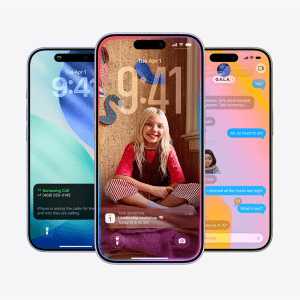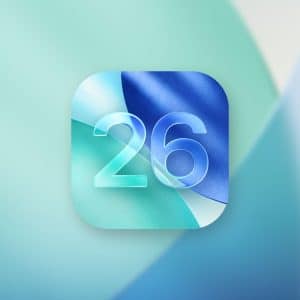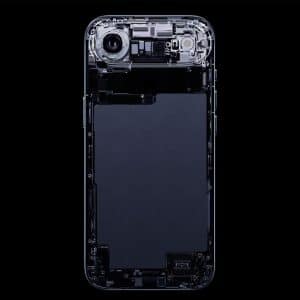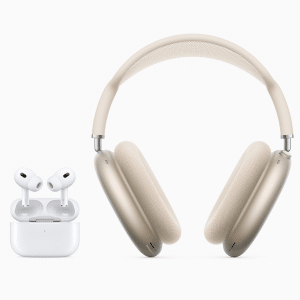Apple has lifted the lid on the iPhone 11.
The new smartphone, the successor to the iPhone XR, features a bunch of new features that take the XR experience to new heights, including a dual-lens rear camera, six new color options, support for Dolby Atmos sound, a faster A13 Bionic chip, and more.
Just as the XR did, the iPhone 11 has a 6.1-inch Liquid Retina display, which is an LCD, which helps to keep costs low, though whilst that was once considered a handicap (no support for 3D Touch), it’s now the norm, with Apple eliminating the technology from all of its iPhones in favor of Haptic Touch, supposedly to support an under-the-display Touch ID sensor in 2020 iPhones.
What’s perhaps most striking about the new iPhone 11 is its incredible new camera set-up, a dual-camera system with an all-new Ultra Wide and Wide cameras that are deeply integrated into iOS 13, offering the highest quality video on a smartphone and major advancements in photography for the ultimate camera experience.
During the on-stage demos, it was clear that the iPhone had been handed a significant upgrade over the iPhone XR’s cameras, with the iPhone 11 now shooting beautifully sharp video, with both Ultra Wide and Wide cameras supporting 4K video with extended dynamic range for more highlight detail and cinematic video stabilization.
What’s more, with a wider field of view and a large focal plane, iPhone 11 users can now shoot detailed action videos with the Ultra-Wide camera, offering unparalleled performance and unlocking new possibilities for shooting footage on an iPhone.
Why include two cameras?
For light users, the idea of two cameras may seem pointless, but their combination and the powerful technology in iOS 13 with advanced video editing tools allow users to easily zoom between each camera while Audio Zoom matches the audio to the video framing for more dynamic sound, and then rotate, crop, increase exposure and apply filters to videos instantly all within the easy-to-use Camera interface – creating social-media-ready content in seconds.
What else was new with the iPhone 11?
The iPhone 11 was also handed the new A13 Bionic chip, which Apple says is the fastest chip ever in a smartphone, offering second-to-none performance for every task iPhone 11 handles.
iPhone 11 offers up to 20% faster CPU and GPU than A12, which corresponds to leaked benchmarks, and is built with machine learning in mind with a faster Neural Engine for real-time photo and video analysis, and new Machine Learning Accelerators that allow the CPU to deliver more than 1 trillion operations per second, creating the most powerful iPhone ever made.
On the surface, it appears as though the iPhone 11 offers only a slight bump in performance over the iPhone XR, and whilst this may not be the biggest leap in the history of the iPhone, it’s still a worthy contender if you’re planning an upgrade.
The iPhone 11 is rated IP68 for water resistance up to 2 meters for up to 30 minutes, and is protected against accidental spills from common liquids such as coffee and soda, which is better than the iPhone XR, and it’s available in six new stunning colors including purple, green, yellow, black, white and PRODUCT(RED), allowing consumers to express themselves in new ways with their phone.
What’s more, a new Apple-designed U1 chip uses Ultra-Wideband technology, the first-ever in a smartphone, for spatial awareness, and with iOS 13.1 which arrives on September 30, AirDrop gets even better with directionally aware suggestions.
The iPhone 11 also features Gigabit-class LTE and Wi-Fi 6 which allows for even faster download speeds, and Dual SIM with eSIM.
Available to pre-order in 64GB, 128GB, and 256GB starting on September 13 at 5 am from just $699, it’ll be hard to say no to an iPhone so powerful at such a great price.
Stay tuned for more coverage from this year’s iPhone event, as and when we get it.










